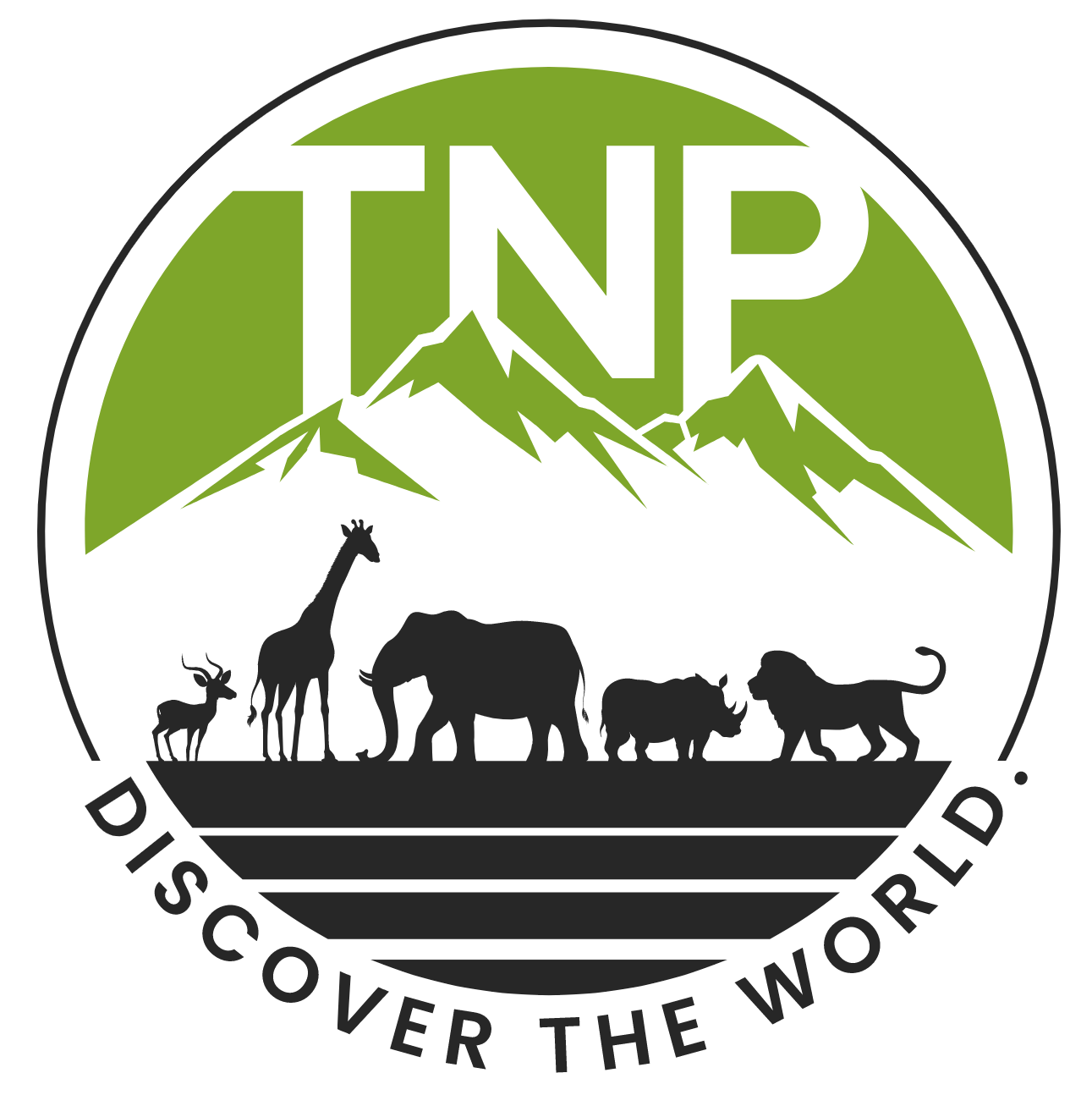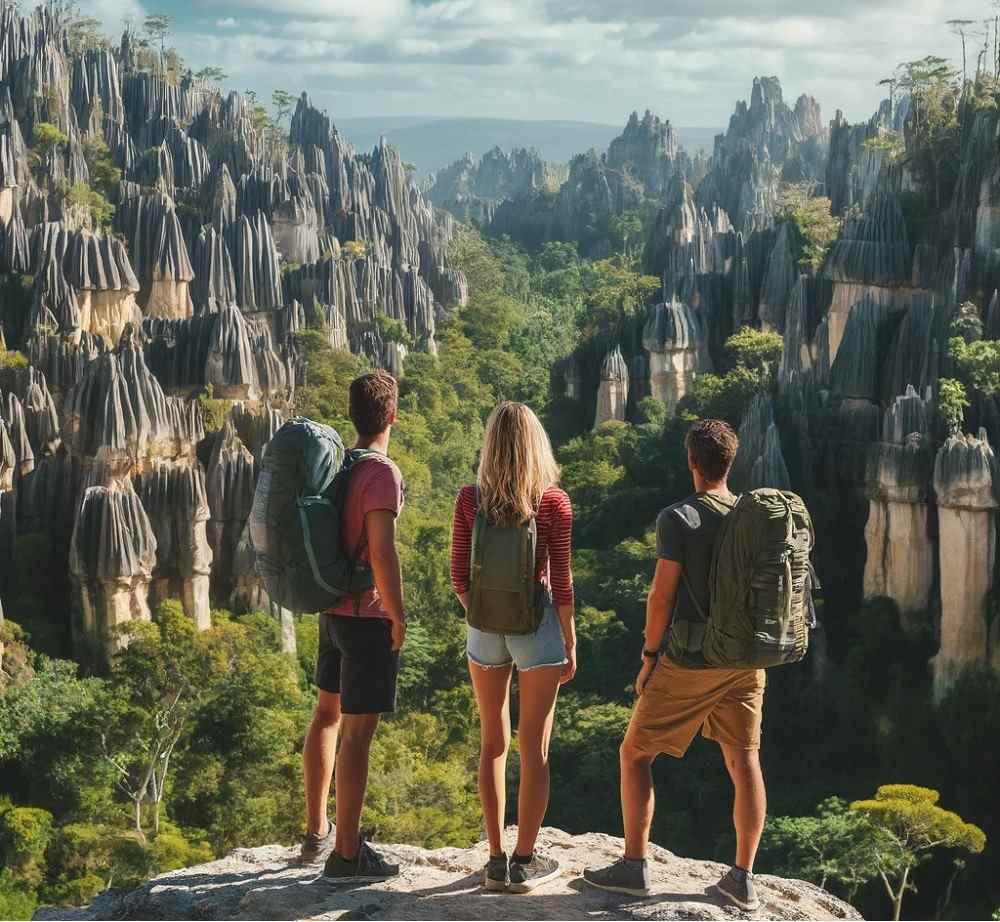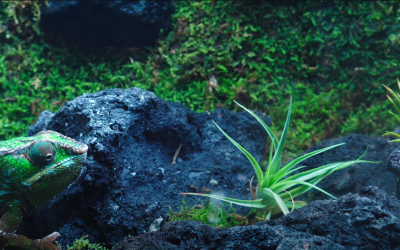Unlocking Madagascar Tourism: A Travel Guide to Roam Around Madagascar
Welcome to the comprehensive guide on Madagascar tourism, where adventure awaits at every corner of this extraordinary island nation. Known as the fourth largest island in the world, Madagascar offers an unparalleled experience for travelers seeking a blend of unique wildlife, breathtaking landscapes, and rich cultural heritage.
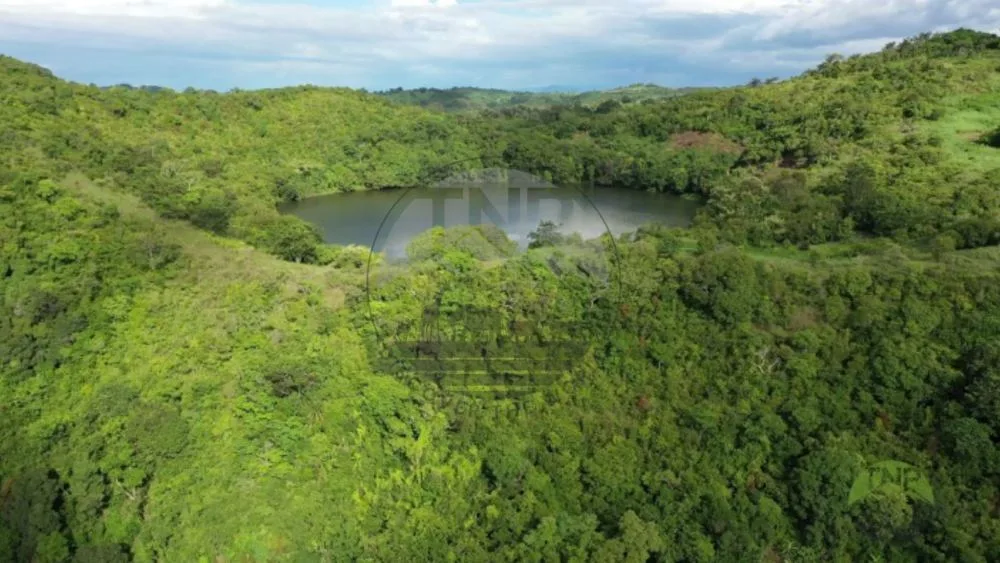
Unlike anywhere else on Earth, the island is renowned for its unique biodiversity. Approximately 90% of its wildlife is found nowhere else, making it a big attraction for tourists eager to explore its natural wonders. In this blog, I will examine the qualities of Madagascar that make it a top destination for tourists from around the globe.
Madagascar Guide By A World Travelling Photographer
Why Visit Madagascar?
Why visit Madagascar? The answer lies in its extraordinary display of nature and culture, a testament to the island’s ancient isolation from mainland Africa. This is the very reason I have been to Madagascar several times.
It is the only place in the world where you can witness the playful antics of over 100 species of lemurs, ranging from the tiny mouse lemur to the majestic indri.
Madagascar’s geography offers an astounding variety of landscapes, each more dramatic than the last. Culturally, Madagascar is just as rich. The Malagasy people, with their roots in Southeast Asia and East Africa, contribute to a unique cultural tapestry. Traditional dance and music are integral to local life, often reflecting ancestral stories and natural rhythms.
Best Time to Visit Madagascar
The best time to visit Madagascar largely depends on the activities you’re interested in and the region you plan to explore. Here, I am providing a table outlining the best times to visit Madagascar, the expected weather during those times, and the best places to visit.
| Time | Expected Weather | Best Place to Visit |
|---|---|---|
| April to October | Cooler and dry | Highlands for hiking, Isalo National Park |
| July to September | Mild and dry, ideal for wildlife spotting. Peak season, expect crowds. | Eastern coast for whale watching, Andasibe National Park |
| September to November | Warm and clear, great for beach activities | Northern Beaches like Nosy Be and Ifaty on the southwest coast |
| March | Warm and humid, end of rainy season | Central highlands for the Alahamadi Be festival |
Based on my experience, I recommend avoiding visiting Madagascar from December to March. Cyclones can affect travel plans and activities during this wet season.
Must-Visit Destinations in 2024
Nonetheless, Madagascar is stunning. You are drawn to the people, the animals, and the culture. It is a country with stunning green scenery and wildlife.
I was so surprised that I could not satisfy my thirst the first time. Therefore, I kept visiting the island again and again. But there are some places which you must explore.
Antananarivo
Madagascar’s bustling capital city offers a vibrant mix of history and culture. Explore the bustling markets of Analakely and Soarano, or delve into the city’s colonial past at the Queen’s Palace.
Nosy Be
Known as the ‘Perfumed Island‘ due to the aromatic ylang-ylang trees, Nosy Be is the country’s premier beach destination. Its clear, warm waters and beautiful beaches make it perfect for water sports, snorkeling, and relaxation. The island’s vibrant nightlife and luxury resorts attract visitors looking for both adventure and leisure.

Tsingy de Bemaraha
This UNESCO World Heritage site is renowned for its dramatic limestone karsts, known as ‘Tsingy,’ and sprawling national park. The park offers unique hiking opportunities through its jagged landscape and is home to diverse wildlife, making it an essential destination for nature lovers and adventure travelers.
Isalo National Park
Discover this park’s dramatic sandstone formations, lush canyons, and hidden natural pools. Hike through the diverse landscapes, spotting lemurs, colorful birds, and other wildlife. Cool off with a swim in a refreshing oasis or a dip in the natural pool called “Piscine Naturelle.”
Avenue of the Baobabs
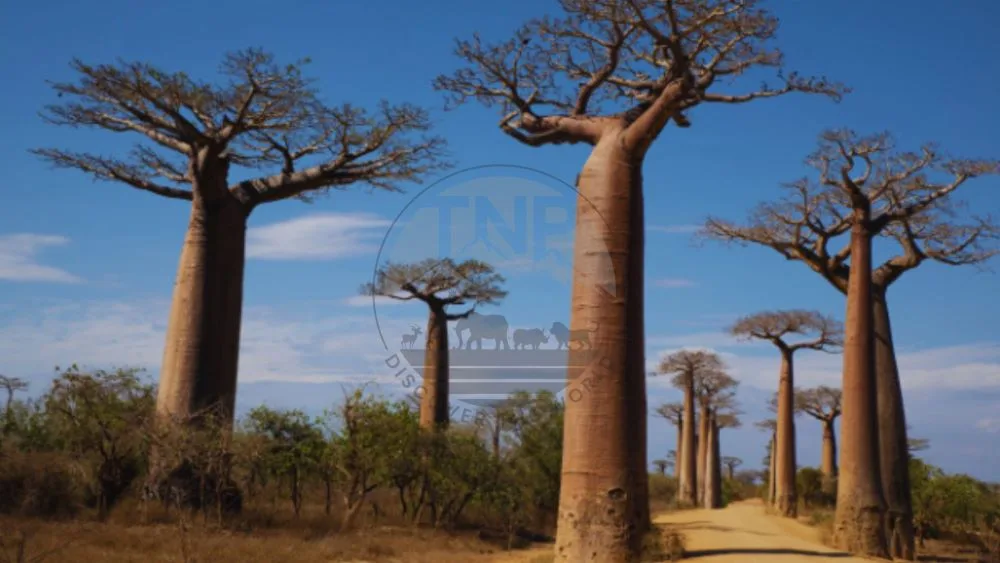
This iconic dirt road, flanked by majestic baobab trees, some estimated to be over 800 years old, is a photographer’s dream. Capture stunning photos of these unique trees silhouetted against the vibrant sunset sky, a genuinely unforgettable Madagascar experience.
Find out more exotic places to visit in Madagascar here!
Best Things to Do in Madagascar
Madagascar isn’t just a haven for exotic wildlife; it’s an adventurer’s playground. Here, you can:
Uncover a country of Lemurs
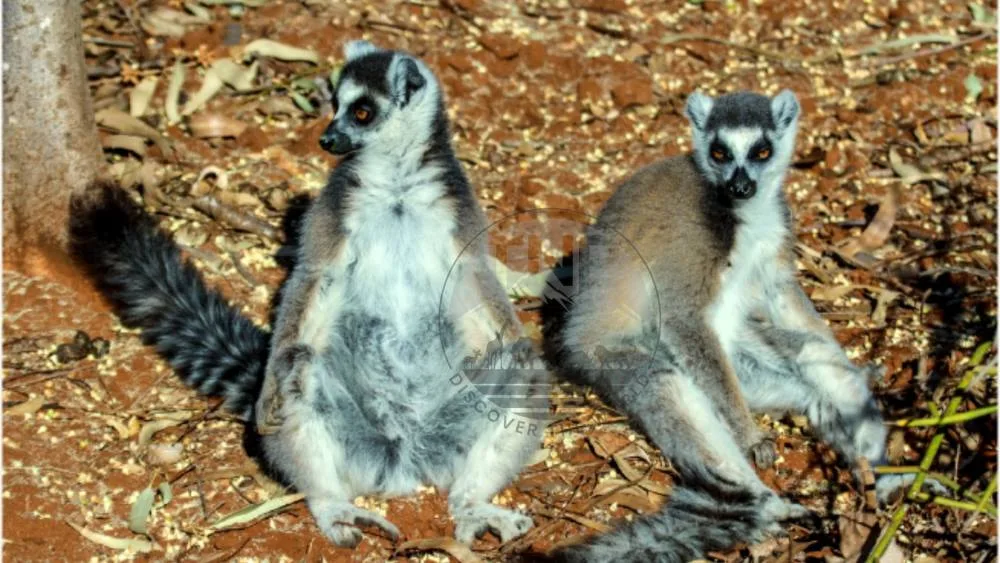
Embark on wildlife tours led by experienced guides. Spot playful indri lemurs with their haunting calls, watch the acrobatic black-and-white ruffed lemurs, or witness the aye-aye, a unique nocturnal primate, with its long middle finger.
Hike Through Diverse Landscapes
Hike through the lush rainforest trails of Andasibe-Mantadia National Park, challenge yourself with the sandstone climbs of Isalo National Park, or trek through the otherworldly “Tsingy” limestone formations of Bemaraha National Park. Options exist for all skill levels, promising unforgettable experiences.
Dive into a Coral Paradise
Madagascar boasts vibrant coral reefs teeming with marine life. Whether you’re a seasoned diver or a curious snorkeler, the crystal-clear waters surrounding Nosy Be Archipelago, Nosy Boraha, or Ile Sainte Marie offer a kaleidoscope of colorful fish, playful dolphins, and majestic whale sharks (seasonal).
Immerse Yourself in Culture
Go beyond the beaches and delve into the rich Malagasy culture. Visit local villages, witness traditional dances and music, and learn about the fascinating beliefs and customs. Participate in a cooking class, try your hand at wood carving, or simply soak up the warm hospitality of the Malagasy people.
With its diverse landscapes, unique wildlife, and vibrant cultural experiences, Madagascar promises an unforgettable adventure for every explorer.
Travel Tips You Need To Know
Visas and entry requirements
Upon arrival, most visitors can get a visa (check your nationality!). Most travelers need a visa to enter Madagascar, and they are available on arrival for stays up to 90 days. Ensure your passport is valid for at least six months beyond your stay.
Keep a copy of your passport and visa separate from your originals for extra security. Entry requirements have been influenced by the COVID-19 pandemic, including potential requirements for vaccination proof or a negative PCR test taken shortly before travel.
Health and safety advice
Pack medications and bring a prescription if needed. Malaria precautions are crucial. You should be current on routine vaccines, and vaccinations for Hepatitis A and Typhoid are often suggested because you can catch these diseases through contaminated food or water in Madagascar. Respect local customs and avoid swimming in stagnant water.
Currency and tips on money management
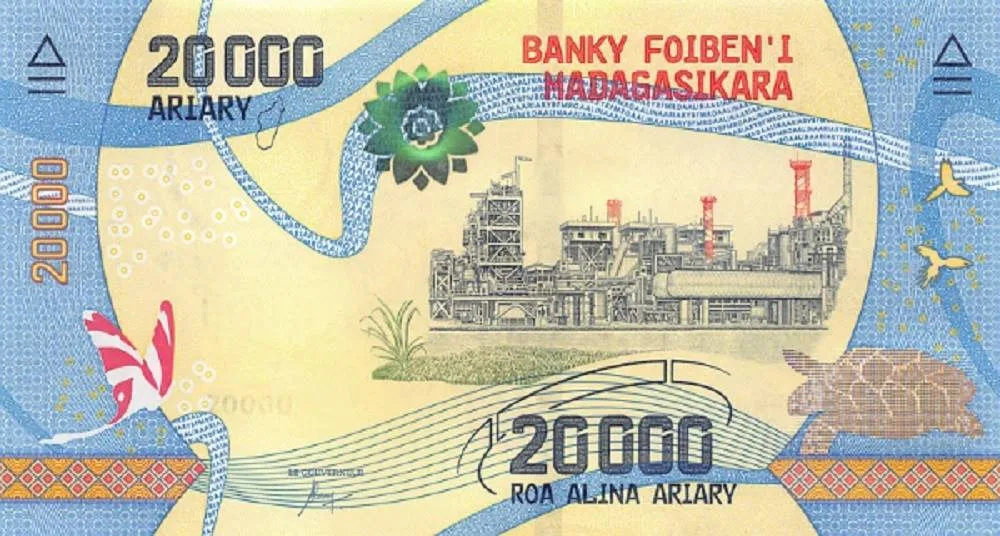
MGA is the local currency, but Euros are widely accepted. Carry Euros, US Dollars, or Malagasy Ariary (MGA) for the fee. ATMs are limited outside major cities. ATMs are limited, so bring cash, especially for smaller towns. Consider traveler’s checks for backup.
Language basics and communication tips
Basic French phrases go a long way. Carry a phrasebook or download a language app to facilitate communication. Learn greetings like “Bonjour” (good morning) or “Salama” (hello) and “thank you” in Malagasy (“misaotra”). Patience and a smile help bridge the language gap!
Hotel & Resort Options
Budget Travelers can find affordable accommodation in guesthouses and hostels, which offer basic amenities and a comfortable stay without breaking the bank. Mid-range travelers have various options, including charming eco-lodges and mid-tier hotels that balance comfort and value with a touch of local flavor.
Luxury Travelers can indulge in high-end resorts and boutique hotels that offer premium services, exquisite dining, and exclusive experiences, often in stunning locations.
Here, I am providing a table of lodging choices in Madagascar, catering to budget, mid-range, and luxury travelers, along with specific recommendations for each category:
| Traveler Type | Lodging Choices | Recommendations |
|---|---|---|
| Budget | Basic guesthouses, hostels | Hotel La Ribaudière, Antananarivo; La Varangue, Toliara |
| Mid-Range | Mid-tier hotels, eco-lodges | Les Trois Métis, Antananarivo; Hotel Arc en Ciel, Nosy Be |
| Luxury | Luxury resorts, boutique hotels | Constance Tsarabanjina, Nosy Be; Relais de la Reine, Isalo National Park |
Malagasy Transportation and vehicles
Traveling to and around Madagascar offers a unique glimpse into the island’s diverse landscapes and cultures. However, some planning is required due to transportation options’ varying reliability and availability.
Getting to Madagascar
Ivato International Airport is the primary gateway to Madagascar, located just outside the capital city, Antananarivo. Several international airlines offer flights to Madagascar, mostly from European and African hubs. Once you arrive, the best way to reach your destination is by taxi or a pre-arranged airport transfer, which most hotels can organize.
Getting Around Madagascar
Domestic Airlines: Consider flying for longer distances across the island. Air Madagascar operates flights between major cities and popular tourist destinations like Nosy Be, Toliara, and Mahajanga. Booking flights in advance is recommended, as schedules can change and flights may fill up quickly.
Taxis: In cities, taxis are a convenient way to get around. Since meters are rare, using official taxis and agreeing on the fare before starting your journey is advisable. For longer trips, you can negotiate a half-day or full-day hire fare.
Buses: ‘Taxi-Brousses’ (bush taxis) are the most common and economical method for intercity travel. These minibusses or larger buses are often crowded and not always comfortable, but they connect virtually all parts of the island. Be prepared for long journeys and varying road conditions.
Rental Cars: Hiring a car with a driver is another viable option, especially for exploring remote areas. This is often safer and more convenient than driving yourself, as local driving conditions and road standards can be challenging.
Bicycles and Motorbikes: Renting bicycles or motorbikes can be a fun way to explore some tourist-friendly areas. However, ensure you are confident in handling rough terrain and traffic.
Tips for Using Local Transportation
- Plan Ahead: Always allow extra time for travel, as delays are common.
- Carry Small Change: This is useful for buses and taxis, where exact fare is often required.
- Stay Informed: Check with locals or your accommodation about the best transport options and travel conditions.
- Safety First: Always prioritize your safety, especially on public transport. Keep your belongings secure and maintain awareness of your surroundings.
How the Madagascar tourism sector has developed?
Madagascar’s tourism sector has seen significant growth and transformation over the past few decades, driven by the island’s unique biodiversity and rich cultural heritage. Initially, the industry was relatively undeveloped, with limited infrastructure and services to accommodate international visitors.
However, recognizing tourism’s potential as a key driver of economic development, the Malagasy government and international organizations have made concerted efforts to promote and develop this sector.
Additionally, there has been an increase in the development of accommodations ranging from eco-lodges to luxury resorts catering to diverse tourists. Promoting sustainable tourism practices has also been a focus, aiming to preserve the island’s ecological treasures for future generations. Here is an image of Revenues generated from Madagascar tourism.

The sector faced challenges, such as political instability and periodic disease outbreaks, which occasionally deterred travelers. Nevertheless, the unique appeal of Madagascar’s endemic wildlife—particularly lemurs—stunning landscapes and the warm hospitality of the Malagasy people continue to draw an increasing number of visitors each year, making tourism a vital part of Madagascar’s economy.
Exploring the Rich Diversity of Madagascar Animals
Conclusion
Madagascar’s tourism industry provides thrilling attractions that set the country apart. From surreal vistas to unforgettable wildlife encounters and varied civilizations, the “Eighth Continent” has something for everyone.
Madagascar promises a fantastic experience, whether you want to relax on gorgeous beaches, go on adrenaline-pumping excursions, or immerse yourself in local culture. So, pack your spirit of adventure and explore the enchantment of this magnificent island!
FAQs About Madagascar Tourism
Is it safe to travel to Madagascar now?
Travel safety in Madagascar generally depends on local conditions and external factors like health advisories or political stability. As of my last update, checking travel advisories from reputable sources such as your country’s foreign affairs department or the U.S. State Department before planning your trip is essential. Standard advice includes being cautious in urban areas due to petty crime and avoiding certain regions with high political tensions.
Is Madagascar suitable for tourists?
Absolutely! Madagascar is a fantastic destination for adventurous travelers seeking unique wildlife, breathtaking landscapes, and rich cultures. However, it’s not a luxury resort experience. Be prepared for potential infrastructure limitations and a slower pace of life.
Can US citizens go to Madagascar?
Yes, US citizens can travel to Madagascar. Most travelers, including those from the US, must obtain a visa, which can be issued on arrival for stays of up to 90 days or applied for in advance through an embassy. US travelers must ensure their passport is valid for at least six months beyond the entry date.
What are the problems with tourism in Madagascar?
- Crime: Petty theft and scams can be issues, especially in crowded areas.
- Infrastructure: Transportation networks and accommodation options, particularly outside major cities, can be limited.
- Political Instability: Occasional civil unrest can occur. Stay informed about current events.
- Environmental Concerns: Balancing tourism growth with environmental protection is crucial. Opt for eco-friendly tours and practices.
